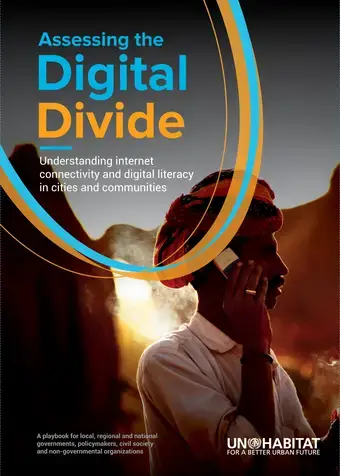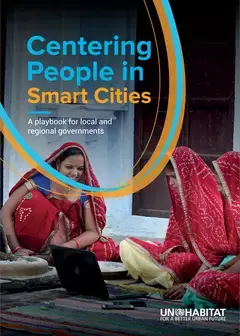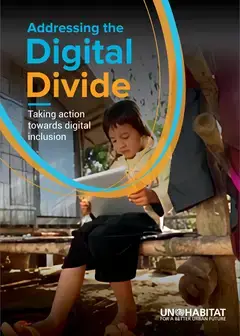
Access to the internet, digital skills and devices is necessary for communities to thrive in today’s world. As governments and financial institutions deliver more services online and technological innovation creates opportunities to connect people to goods, services and each other in new ways, communities across the globe are finding internet connectivity to be a requisite for full participation in society. The global COVID-19 pandemic has taught us that internet connectivity is no longer a luxury, but instead a cornerstone of resilient communities. Likewise, increasing connectivity can introduce new vulnerabilities and burdens to marginalised groups that should be carefully considered when developing solutions to bridge the digital divide.
Given the urgency of the issue, this playbook is intended to provide a pragmatic, agile approach to assessing the digital divide and will equip readers with crucial information they can use to establish a culture of digital inclusion within their organizations and communities.
Background
Assessment model
Step 1. Study the contours of the problem locally
The first step towards establishing a plan to reduce or eliminate the digital divide is to study the contours of the problem locally.
Hyperlocal “grassroots” data is critical for the design and implementation of successful digital inclusion programming and working with communities to identify and build solutions on their own terms.
Identify three targets of a digital divide assessment: location, gaps and roots.

